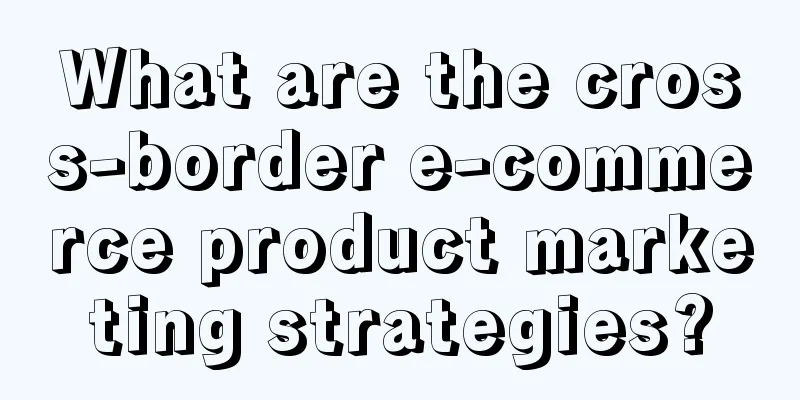Which category should I choose for Temu? Can I change the Temu category after it is decided?

|
As an emerging e-commerce platform, Temu provides merchants with a variety of product categories. Choosing the right product category is crucial to the success of merchants on the platform. This article will explore the strategy of selecting products on the Temu platform and whether the category can be changed after it is determined. 1. Which category should Temu choose? When selecting product categories on the Temu platform, merchants need to consider multiple factors to ensure the accuracy and market potential of product selection. 1. Market demand analysis Study market trends and consumer demands, and choose categories with stable demand and good growth potential. 2. Competition level considerations Analyze the level of competition among similar products and avoid entering an overly saturated market. 3. Profit margin assessment Choose categories with reasonable profit margins to ensure sufficient profitability. 4. Supply Chain Management Consider the stability and cost of the supply chain, and choose categories that can guarantee supply and cost-effectiveness. 5. Brand positioning According to the brand's long-term development strategy, choose categories that are consistent with the brand positioning. 2. Can the Temu category be changed after it is determined? For merchants, choosing the right category is a key step to success. However, the market is changing, and merchants may need to adjust their categories to adapt to market changes. 1. Category Change Policy Merchants need to understand the specific policies and procedures of the Temu platform regarding category changes. 2. Operational Restrictions Once certain categories are selected, there may be a certain lock-in period during which they cannot be changed. 3. Influencing factors Category changes may affect the store’s traffic, ranking, and customer base, so please proceed with caution. 4. Re-evaluation Before changing categories, merchants should re-analyze market demand and evaluate competition. Product selection and category changes on the Temu platform are important components of a merchant's business strategy. Merchants need to deeply analyze market demand, reasonably assess the degree of competition and profit margins, and consider supply chain management and brand positioning. In the product selection process, merchants should remain flexible and adjust strategies in a timely manner according to market changes and business development. |
Recommend
A brief history of Chinese milk tea conquering Europe
From tea leaves to milk tea, Chinese flavors have ...
How to avoid plagiarism from peers on Xiaohongshu? 3 solutions
Generally speaking, on the Xiaohongshu platform, i...
What is the difference between Lazada local stores and cross-border stores?
Lazada has both local stores and cross-border stor...
Amazon Europe will launch a spring promotion in March
Amazon's nine European sites (UK, Germany, Fra...
Brand rejuvenation: How to make young people love you and buy you?
Now all major brands are pursuing rejuvenation. Wh...
The BDZF model for e-commerce is used by the world's top 500 companies
This article abandons various "high-sounding&...
“Effect” is more important than “brand”
We are now in an uncertain era where the industry ...
What is the difference between Amazon's order volume and sales volume? Is sales volume the monthly sales volume?
If you are a novice doing business on Amazon, you ...
What activities are available on Shopee now? How to sign up?
There are a lot of activities on e-commerce platfo...
10 very interesting copywriting
The author shared 10 very interesting copywritings...
Can WeChat Video Account carry the “hope of the entire Tencent Factory”?
WeChat Video Account is integrated with WeChat Ope...
Pre-prepared dishes take over the New Year's Eve dinner of young people
From convenience and speed to delicious taste, the...
Amazon launches new algorithm Condor to optimize delivery routes
Recently, Amazon launched a new algorithm to optim...
What should I do if the conversion rate of Amazon products is low? Solution introduction
The higher the conversion rate on Amazon, the bett...
Saying goodbye to the free era, is Xianyu anxious to make money?
Recently, Xianyu announced that it would implement...









